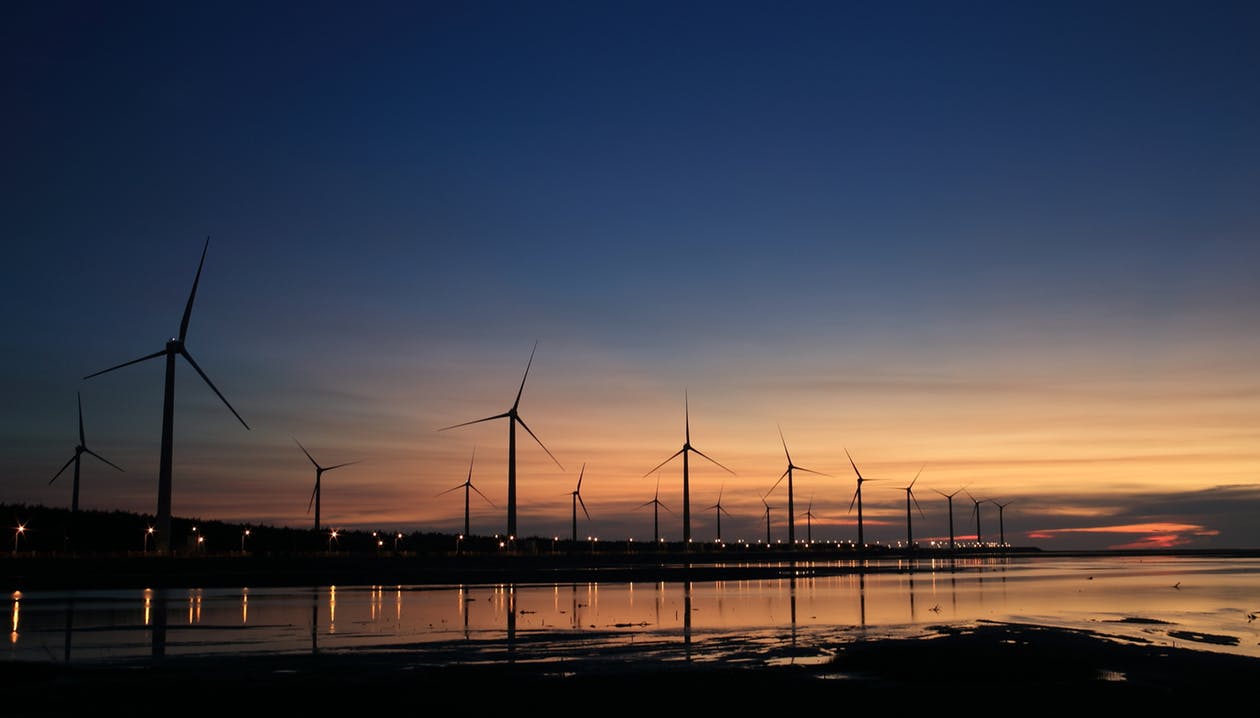A new wind generation record was set over the weekend, hitting a high of 17.278GW during a half hour period on Saturday.
This allowed a combination of onshore and offshore wind to produce 43.2% of the electricity mix, however this does not break the record set in August of 59.9%.
Between 1pm and 1:30pm wind generated more during a single period than ever before, beating out the 17.1GW record set on 2 January 2020.
It has been a record breaking year for renewable generation more broadly, jumping 32% in Q2 compared to the previous year for example, partly driven by lower demand due to lockdown but also due to growing capacity. This kept coal off of Britain’s grid for a record 67 days, the longest period by far since the Industrial Revolution.
Wind got off to a particularly strong start to the year as storms battered the UK, driving up generation. Storm Ciara in February for example pushed wind power to 44.26% of the power mix, breaking the record set the previous December.
RenewableUK’s deputy chief executive Melanie Onn said it was great to see onshore and offshore wind smashing another record, “generating more power on a cold December day than ever before, just when we need it most”.
“We expect to see many more records set in the years ahead, as the government has made wind energy one of the most important pillars of its energy strategy for reaching net zero emissions as fast and as cheaply as possible. This new record is an early Christmas present we can all celebrate”.
The amount of wind generation in the UK is set to continue to grow dramatically over the next decade and beyond, in particular with the Prime Minister setting a target of 40GW of offshore wind by 2030 in October.
This target has been further reiterated in key government policy documents, including the long awaited energy white paper published last week.
As energy demand rises with the cold weather, the need for strong renewable generation has been thrown particularly into light, especially in recent weeks, with National Grid ESO having to post Electricity Margin Notices as low winds threatened supply.
Read more: CURRENT



